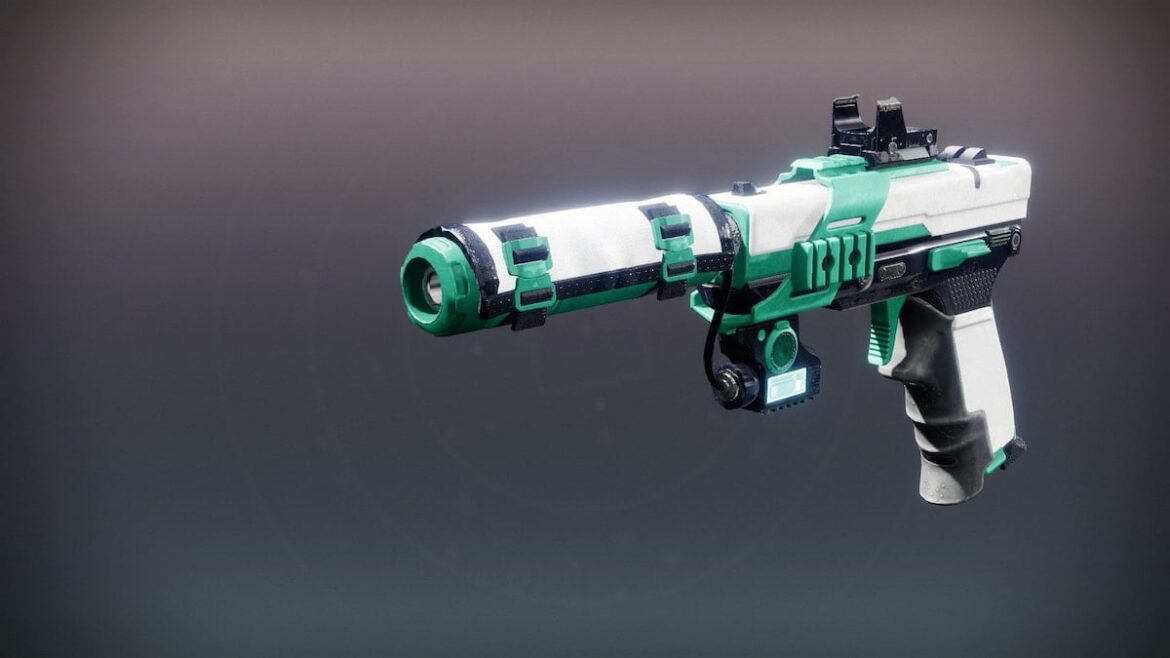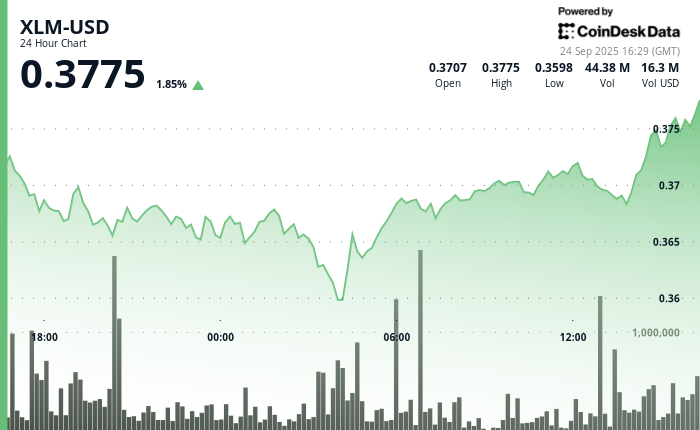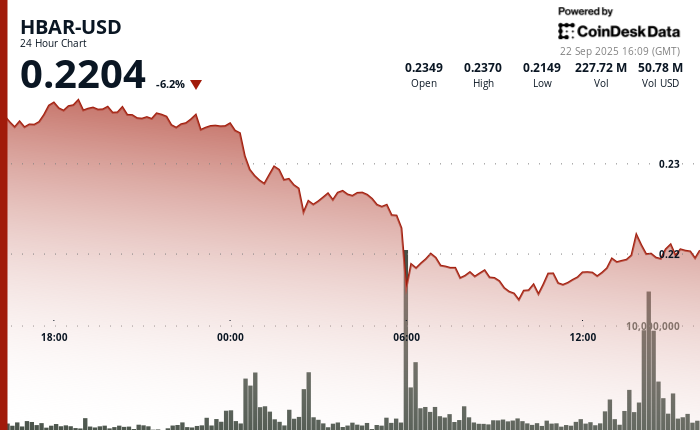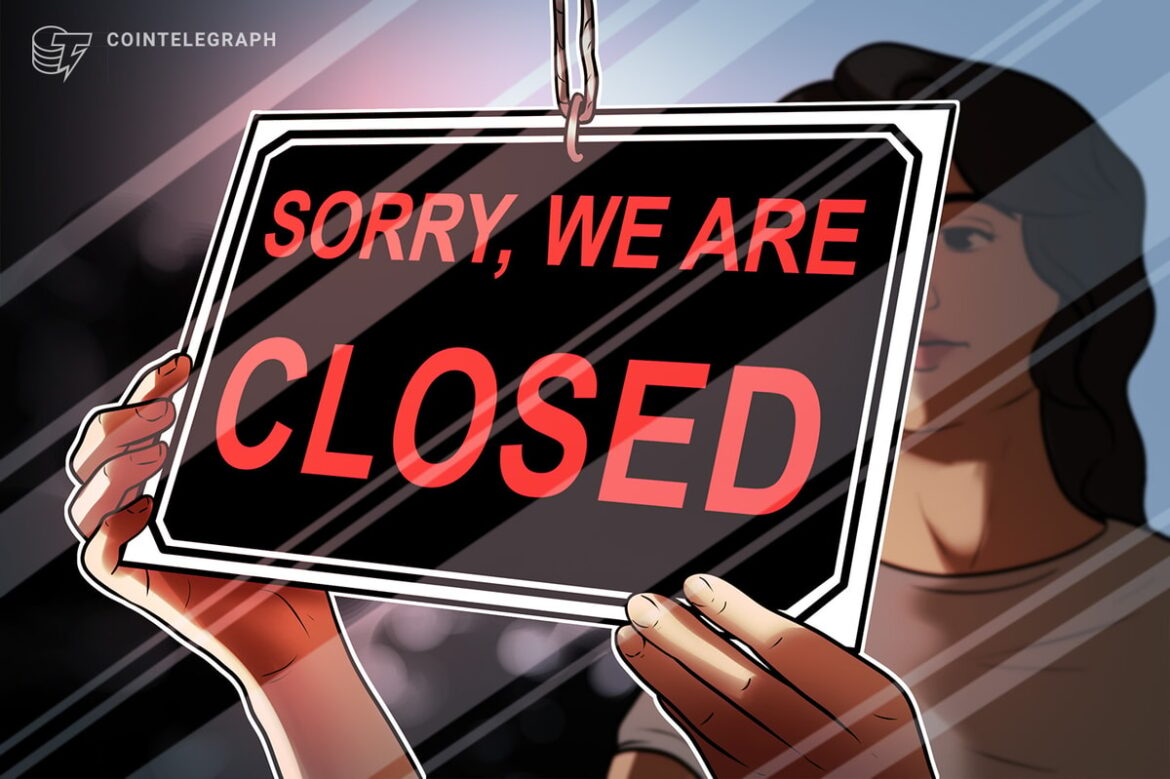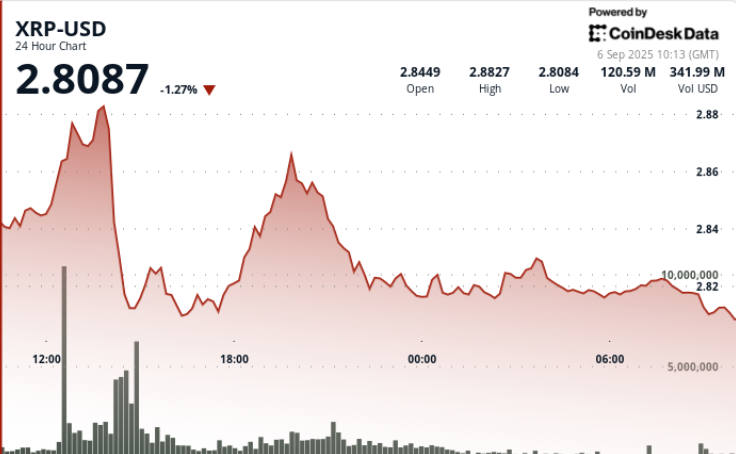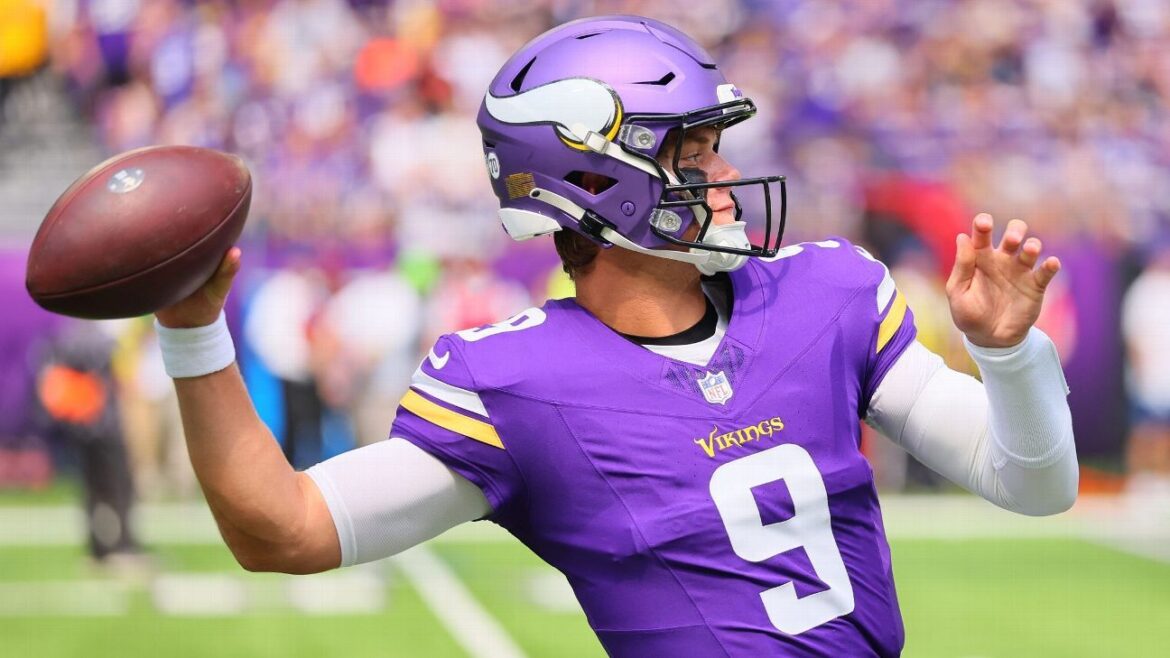It’s rare for random world drops in Destiny 2 to be meta picks, but there are a few sleeper weapons. Even though there are technically no world drops in the Portal, Faustus Decline is on the same level of appeal: unremarkable but powerful.
Faustus Decline is a Stasis Lightweight Frame sidearm. While simple on paper, Lightweight sidearms have their own niche in the Destiny 2 sandbox, and this one comes with decent perk combinations regardless of what you’re about to play.
Here are the Faustus Decline god rolls in Destiny 2 for PvE and PvP.
What is the Faustus Decline god roll in Destiny 2?
One roll down, one to go. Screenshot by Dot Esports
Faustus Decline PvE god roll
- Barrel: Corkscrew Rifling
- Magazine: Appended Mag
- Perk one: Rimestealer or Demolitionist
- Perk two: Headstone
- Masterwork: Handling
Faustus Decline PvP god roll
- Barrel: Hammer-Forged Rifling
- Magazine: Ricochet Rounds
- Perk one: Lone Wolf
- Perk two: Kill Clip
- Masterwork: Masterwork
In PvE, the god roll is Rimestealer with Headstone. Rimestealer grants a stack of Frost Armor when defeating a frozen target or shattering a Stasis crystal, and Headstone creates a Stasis crystal when getting a precision final blow, synergizing perfectly with Rimestealer. Frost Armor can be a weak buff unless you’re leaning into it with your subclass, so there’s always Demolitionist to get 10 percent grenade energy per kill.
In PvP, Lightweight Frame sidearms serve as a solid backup if you’re not running a Special weapon. Heliocentric QSc has been one of the top choices, with perk combinations like Heal Clip with Kill Clip, and Faustus Decline serves as an alternative for the Kinetic slot.
On Faustus Decline, there’s Lone Wolf in the third column for increased aim assist and airborne effectiveness. The base buff is five aim assist and 15 airborne effectiveness, doubling when there are no allies nearby.
Much like on Heliocentric QSc, there’s Kill Clip in the fourth column to get a 25 percent increased damage for five seconds when reloading after a kill. You could also go for Sword Logic. It doesn’t require a reload but only provides a 15 percent damage buff in PvP. Sword Logic’s strength is that you can refresh the buff’s time with additional kills, allowing for more chain kills in 6v6 playlists.
For hip-fire enjoyers, there’s also Hip-Fire Grip with Offhand Strike. Both increase the weapon’s performance when firing from the hip, and work well with Exotic armor pieces that focus on hip-fire, like Radiant Dance Machines.
How to get Faustus Decline in Destiny 2
There are quite a few weapons in the pool. Screenshot by Dot Esports
Faustus Decline drops from Solo and Fireteam Ops in the Portal. It’s one of the many weapons, including newer additions like Unfall and Drang, that can drop as a completion reward or a Bonus Drop if you’ve been keeping up with your daily challenges.
The best way to farm Faustus Decline (or any weapon in the Portal) is to wait until it becomes a Bonus Focus reward for any of the activities with the daily reset. Completing that activity with a grade B or higher has a chance of dropping the featured weapon.
Dot Esports is supported by our audience. When you purchase through links on our site, we may earn a small affiliate commission. Learn more about our Affiliate Policy

